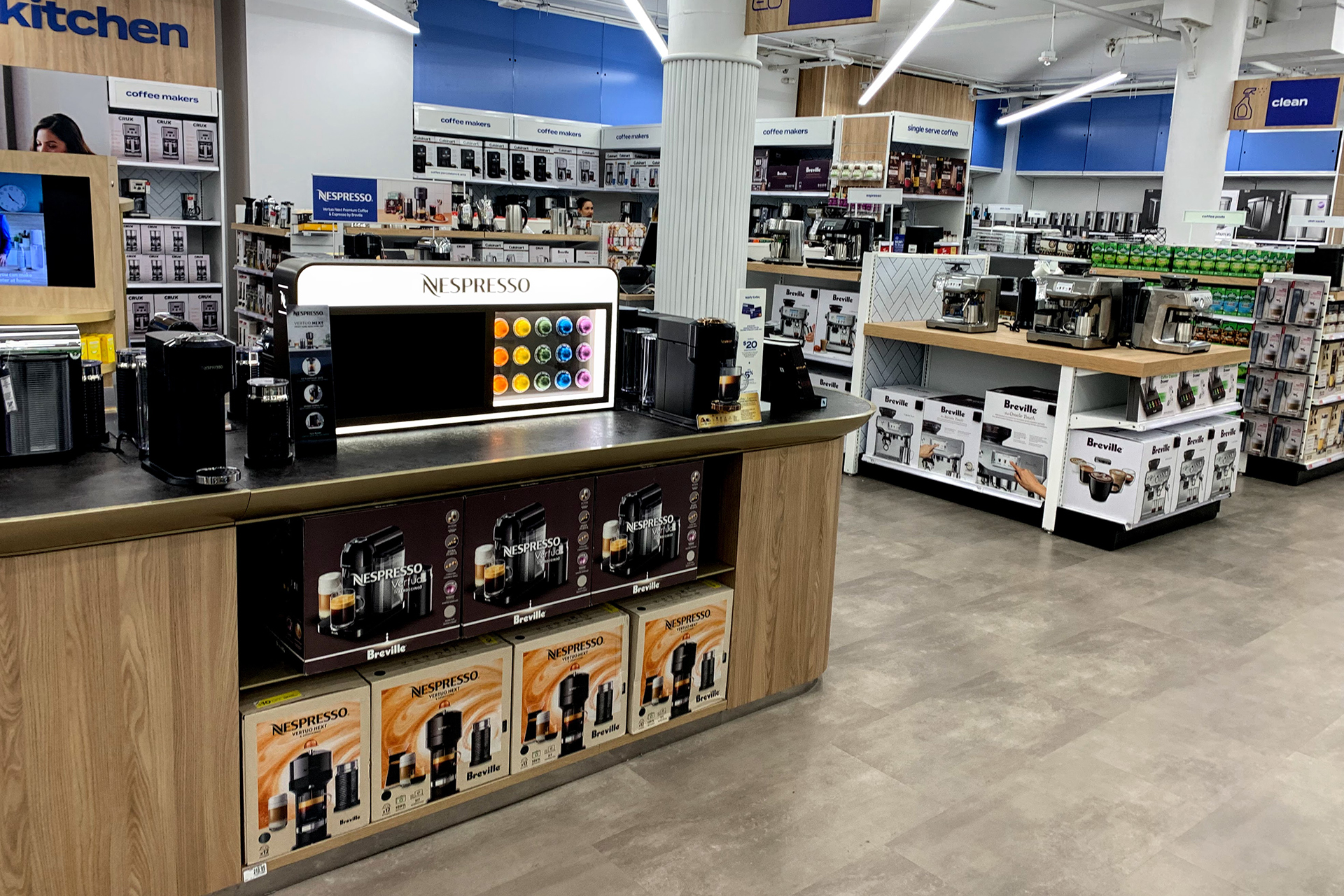The global household cooking appliances market is on course to register growth at a CAGR of 6.3% during a forecast period ranging from 2022 to 2031, according to a study by Transparency Market Research, with sales reaching $126.4 billion from $71.1 billion currently.
According to TMR people around the world are tending toward the use of energy-saving alternative products including small cooking appliances and air frying. The move should help in the expansion of the small home appliances market size. Leading household cooking appliance manufacturers are developing small-size devices to cater to the current market demands.
The household cooking appliances market in the Asia Pacific should maintain a dominant position during the forecast period owing to factors including the existence of leading players, the presence of a huge residential sector and improving consumer purchasing power.
Today, consumers are purchasing devices that offer superior quality, next-gen designs, energy efficiency and cost-effectiveness. Moreover, TMR indicated, that a rise in technological advancements across the globe, and the advent of smart kitchen products, has prompted a consumer goods demand surge that includes household cooking appliances as consumers have become more inclined to employ superior quality kitchen tools across the developed and developing world. TMR estimates that the Smart Oven Market will reach $ 666.8 million by the end of 2031 based on a CAGR of 15.7%.
Consumers want to minimize cooking times and decrease the level of stress in food preparation, TMR observed. An increase in the urban population across many developed and developing nations and the rise in the number of working people, especially women, with busy schedules in urban areas is another factor that should drive home cooking appliance sales, TMR pointed out.
Companies operating in the household cooking appliances sector are focusing on research and development in order to develop equipment that offers next-gen features and high aesthetic value. The strategies producers are following include not only development investment but also mergers, acquisitions, partnerships and collaborations in order to stay ahead of the competition, TMR noted.





